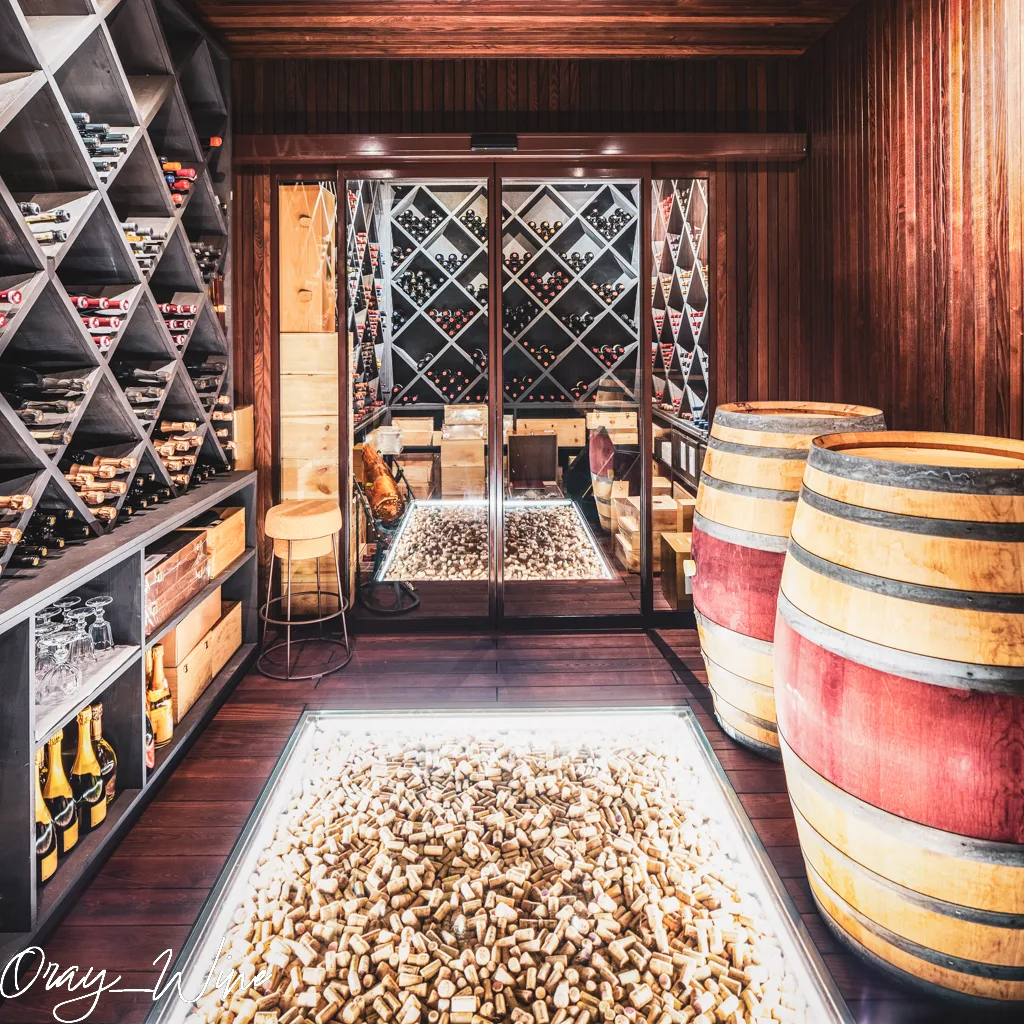
Storage conditions
Storing wine in particular conditions can affect the rate at which it ages; the lower the temperature, the slower the maturation. Usually, white wine, sparkling wines, and rosé wines must be kept at a cooler temperature (between 8 and 12°C; 46°F to 54°F) than red wines (between 12 and 16°C; 54°F to 60°F). Consequently, if you can set only one temperature in your wine cellar it is recommended to set it at around 12°C (54°F) which is a common ground between the different types of wine. However, keep in mind that structured red wines (for example, Port wines or Amarone della Valpolicella) will need way more time to mature; while white, sparkling and rosé wines will evolve more quickly.
Keep in mind, that the more slowly a wine matures, the greater the complexity of the flavour compounds that make up its bouquet. As a result, the optimum conditions for storing wines are a 3-tier storage system with 3 different temperatures (but a high level of humidity for all, around 55% to 65%): one for sparkling wines, one for white and rosé wines, and one for red wines.
Therefore, a wine stored in a centrally heated apartment in Manhattan (without any wine cellar) or in a Californian home (not in a cooler place) will evolve very quickly and must be consumed quickly (without benefiting from the wine’s ability to gain complexity from ageing). Otherwise, this wine will risk being spoiled quickly and really disappoint you when you will open it.
Conversely, if you store your wines in an unheated garage or warehouse in Sweden, they will face cool conditions almost all year long. As a consequence, they will need way more time to evolve (especially red wines) than usual.
Fining & Filtration
Keep in mind, the following general rule: the heavier the Fining and/or Filtration of a wine, the less the wine has the capacity to age. This is due to the fact that heavily filtrated/fined wines will be stripped of many of their solid components (tannins, color…) which tend to create imbalances in a wine that prevent it from developing its full potential through bottle ageing.
The size of the bottle
As a general rule, it can be considered that the smaller the bottle size, the faster its content matures. This is due to the fact that smaller bottles show the following characteristics:
- a greater oxygen ratio (residual oxygen / total liquid) in the bottle. This residual oxygen generally comes from the bottling process
- higher ratio of oxygen ingress (oxygen / total liquid) via the cork seal during ageing
This is one of the reasons why larger bottles, such as Magnum bottles, are generally favored for prestigious wines.

The quality of the wine bottle closure
Wine bottles with screw caps will age very differently from wines with natural corks.
Similarly, wine bottles with synthetic closures (plastic-like closures, for instance) will not be able to age for too long because this type of closure does not have the natural ability to deform like a natural cork. Therefore, they will tend to allow more oxygen to enter, which can be very detrimental for a wine.
It is to be noted that this is the reason why wine bottles are usually stored in very humid environments (but not past a certain level to preserve the quality and readability of the label) because it is very important to preserve the distinctive elasticity of the natural cork’s closure. This will protect the wine from being exposed to too much oxygen during storage.

Follow me on my Social Media
Wine is a gourmet treasure, do not abuse alcohol!
None of this content has been sponsored
I did not receive any gifts or free samples that could be related to this article